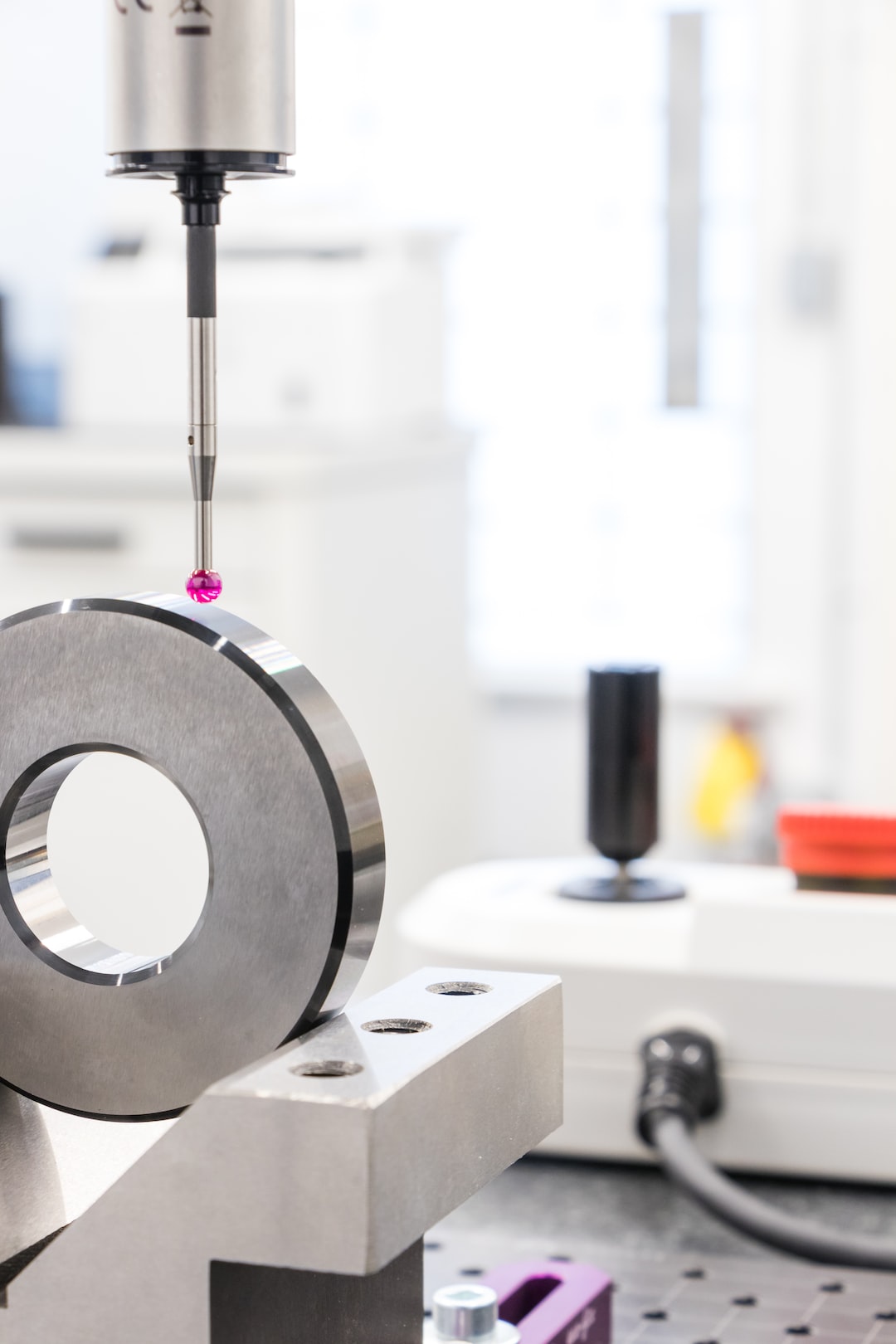When it comes to improving processes in the manufacturing industry, the lean manufacturing process has proven to be a game-changer. It is a systematic approach that focuses on eliminating waste and adding value to the customer. This process is guided by the principles of continuous improvement and customer satisfaction. If you’re looking to transform your manufacturing process and improve profitability, then understanding the lean manufacturing process is essential.
What is Lean Manufacturing?
Lean manufacturing is a systematic approach that was developed by Toyota in the 1930s. The process is designed to eliminate waste, reduce costs, and improve efficiency in the manufacturing process. In essence, it is a manufacturing philosophy that is based on continuous improvement and customer satisfaction. It is important to note that the entire process is based on customer value, and everything revolves around meeting the customer’s needs or wants.
The lean manufacturing process is built on the following principles:
1. Value Identification: The first step in the lean manufacturing process is to identify the value that customers want. This involves engaging customers to understand what they want and ensure that a product meets their needs.
2. Mapping the Value Stream: After identifying the value, the next step is to map the entire value stream that creates the product. This involves understanding how every process contributes to the overall value of the product.
3. Creating Flow: This principle involves ensuring that the manufacturing process flows well, with every process contributing to the overall value of the product. The flow should be continuous, without any interruptions or stoppages.
4. Pull Manufacturing: This principle involves producing goods based on customer demand. Instead of producing goods in large volumes, it is better to produce based on customer demand to avoid overproduction.
5. Seeking Perfection: The lean manufacturing process involves continuously seeking perfection in the manufacturing process. It is about improving every aspect of the manufacturing process, no matter how small.
The Benefits of Lean Manufacturing
The lean manufacturing process has numerous benefits for manufacturers looking to improve their manufacturing process. Here are some of the key benefits:
1. Reduced Costs: Lean manufacturing helps eliminate waste, which results in a reduction in costs. This leads to increased profitability, which is a key goal for any manufacturer.
2. Improved Efficiency: The lean manufacturing process is designed to eliminate waste and streamline the manufacturing process. This results in improved efficiency and productivity.
3. Better Quality: The lean manufacturing process focuses on meeting customer needs and wants, which leads to better quality products.
4. Improved Delivery Times: Since the process is based on producing goods based on customer demand, it results in shorter delivery times.
5. Improved Customer Satisfaction: The entire process is built on meeting customer needs and wants. This leads to improved customer satisfaction, which is essential for any business.
Implementing Lean Manufacturing
Implementing the lean manufacturing process requires a commitment to change and continuous improvement. Here are some steps to implementing the process:
1. Identify Areas for Improvement: The first step in implementing the lean manufacturing process is to identify areas for improvement. This involves understanding the current manufacturing process and identifying areas that can be streamlined.
2. Create a Plan: After identifying areas for improvement, create a plan for implementing the lean manufacturing process. This should include timelines, responsibilities, and resources needed.
3. Train Employees: Training employees on the lean manufacturing process is critical to its success. This involves training them on the process and providing them with the necessary tools to implement it.
4. Measure and Monitor: Measuring and monitoring the success of the lean manufacturing process is critical. This involves tracking key metrics such as costs, efficiency, and customer satisfaction.
5. Continuous Improvement: The lean manufacturing process is based on continuous improvement. As such, it is important to always seek ways to improve the process.
In conclusion, understanding the lean manufacturing process for continuous improvement is essential for any manufacturer looking to improve efficiency, reduce costs, and meet customer needs. The process is built on the principles of continuous improvement and customer satisfaction, which are key to any successful manufacturing process. By implementing the lean manufacturing process, manufacturers can expect to see improved productivity, better quality, and increased profitability.

